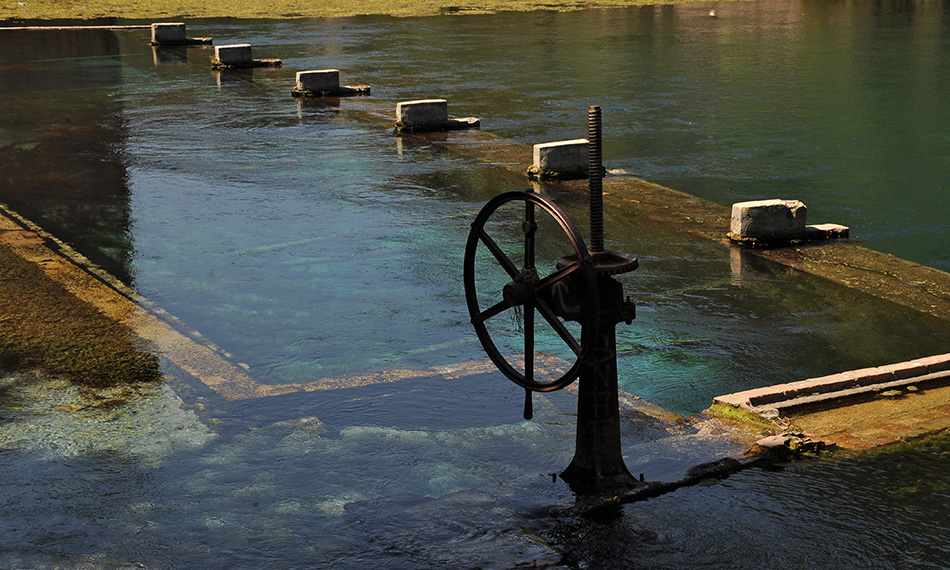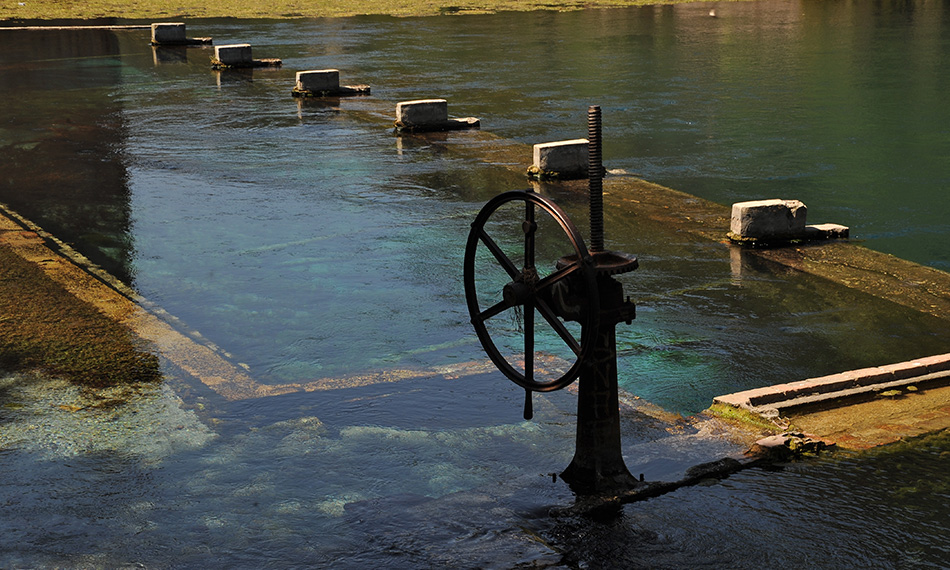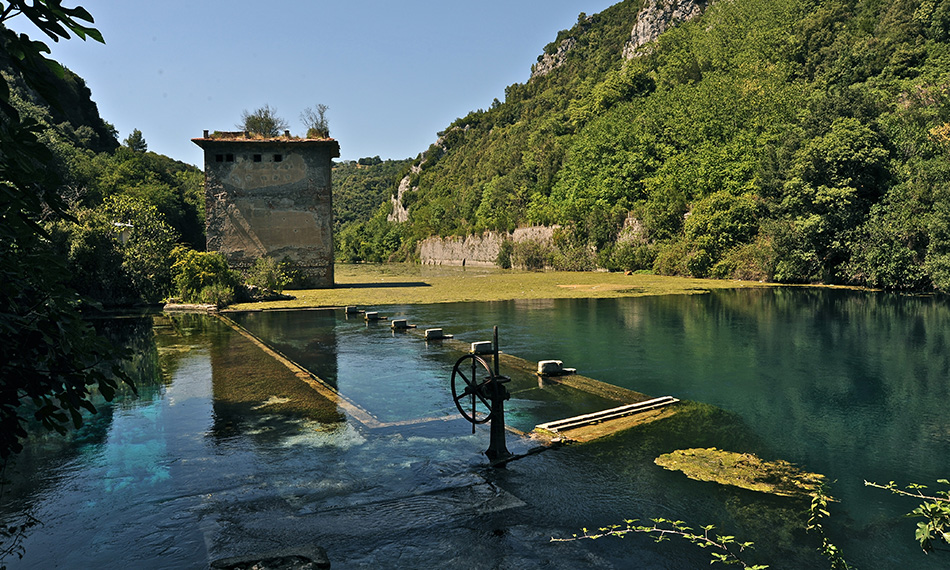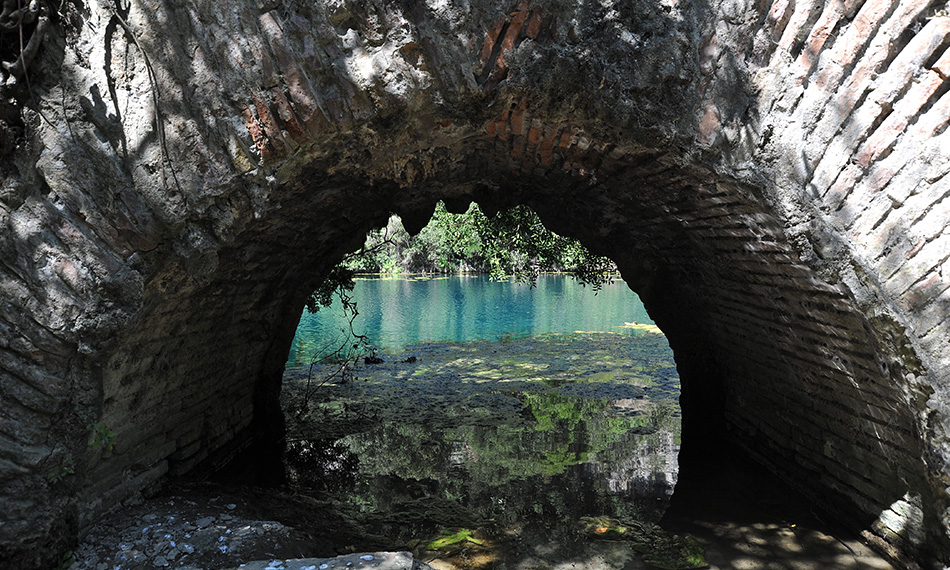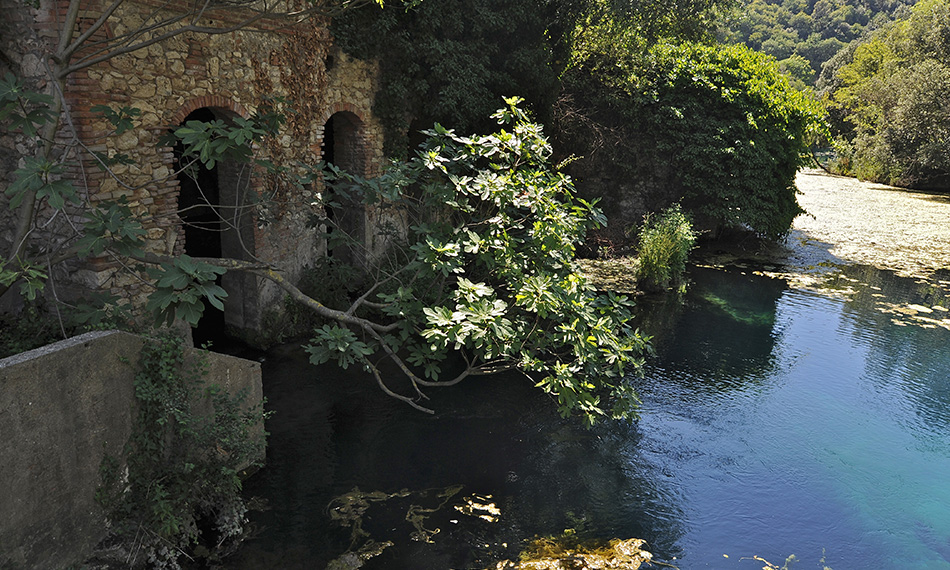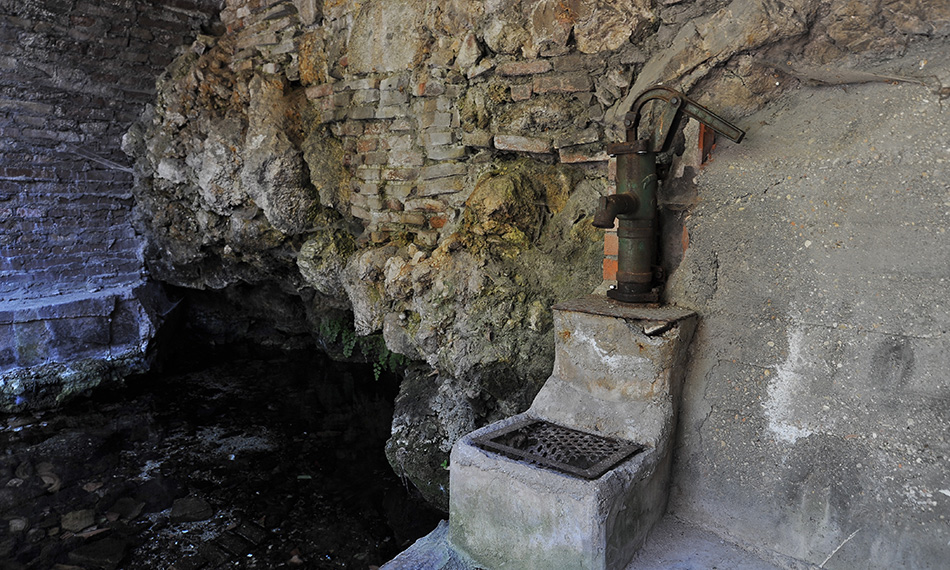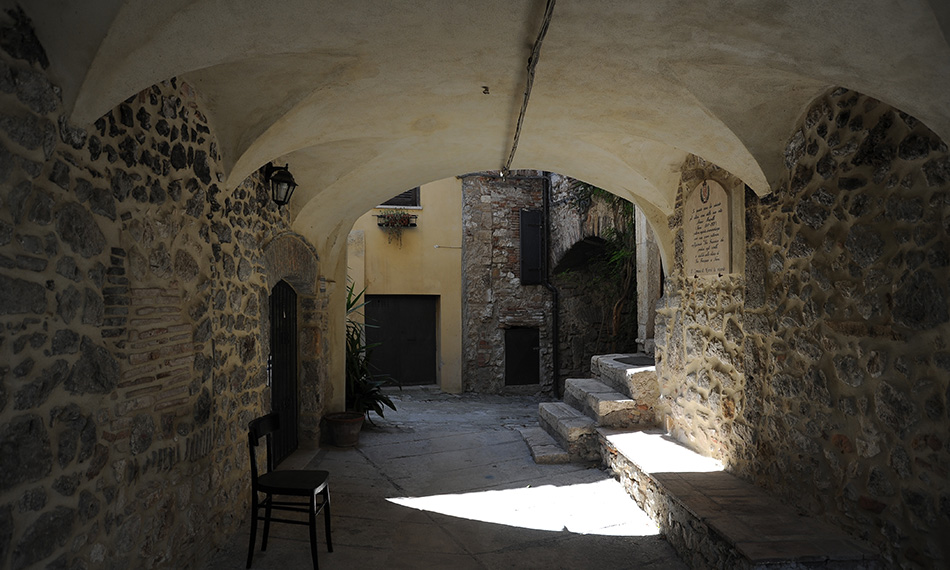History
In Roman times it was a river port, as evidenced by the discovery of an ancient shipyard, probably built during the First Punic War, when the Romans decided to create a large war fleet to face rival Carthage.
Between the 14th and 16th centuries, the village was built thanks to the Silori family, one of Narni's most important families, who had strong agricultural interests here and had most of the dwellings built for the numerous families of farmers and artisans who served them.
Undoubtedly the abundant presence of water, both from the river and from springs in the area, favoured the economy of Stifone, which since the Middle Ages boasted a large concentration of mills, including the most famous Mola Alberti, named after the family that owned it.
Even in more recent times, water has been a distinctive element: in 1892 two of Italy's first hydroelectric power stations were put into operation, which among other things served to light up the town of Narni.
What to see
Today the village has maintained its characteristic core with dwellings dating back to medieval times. Two small squares at the entrance frame the Church of Santa Marina with its terracotta portal and bell gable.
Approaching the river are several springs, including one that gushes out near a cave, which also incorporates ancient wash-houses.
Approximately 900 metres south of the village, one can admire the remains of the ancient Roman shipyard discovered in 1969, from which a splendid turquoise water landscape opens up.
The locality can be reached by car with the parking area at a space along the Via Ortana, or via the Nera Gorge cycle-pedestrian route that retraces the old railway track, starting from the Roman bridge of Augustus.
























